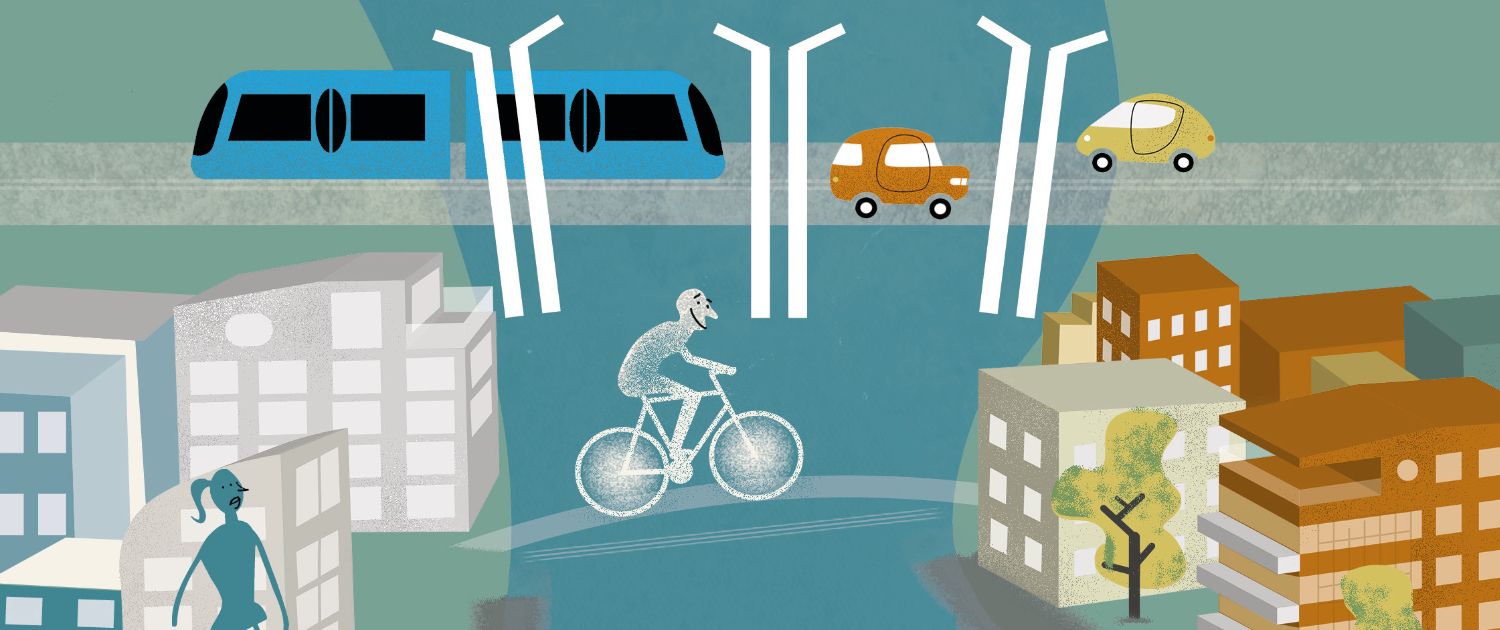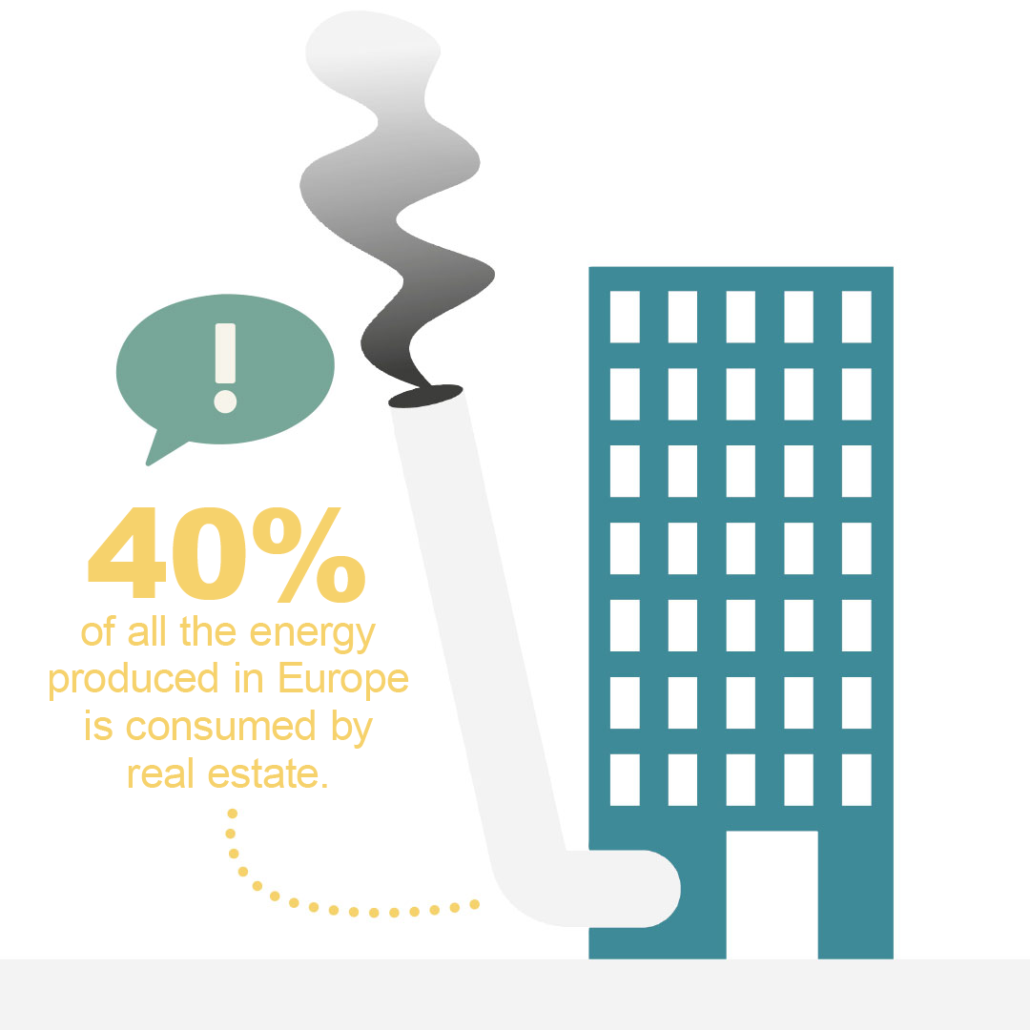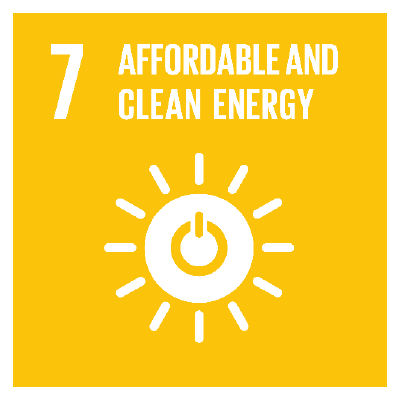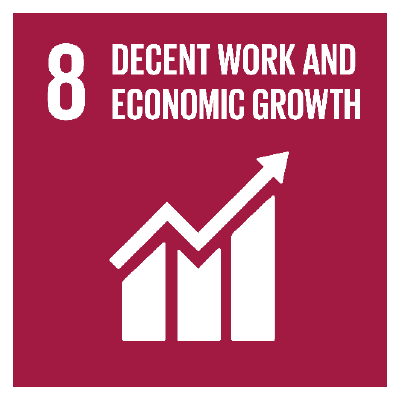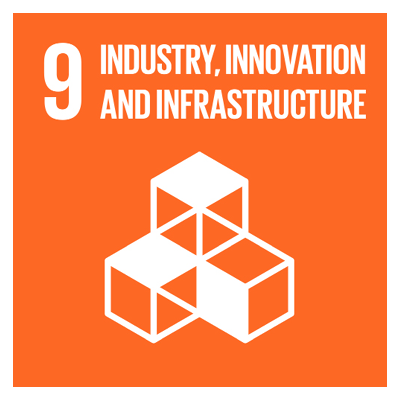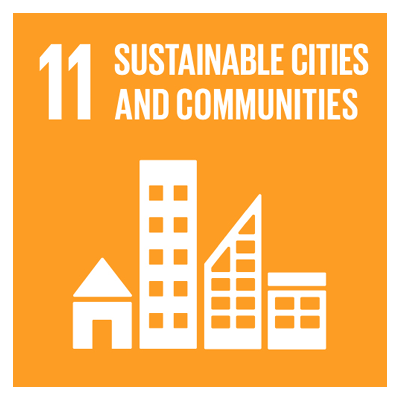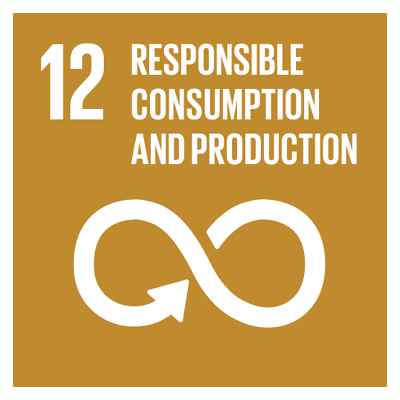ElectriCITY is a citizens initiative to reduce the climate footprint in cooperation with companies, researchers and Stockholm City.
ElectriCITY aims to bring Hammarby Sjöstad to the next level of sustainable development, ie Hammarby Sjöstad 2.0. We take the climate agreement in Paris, Swedens National Climate Framework and Stockholm City’s climate goals into solid local energy and environmental action.
We set climate goals at the district level – “twice as fast improvement as the one in Stockholm city” – to drive on and help Stockholm succeed in reaching the goal of becoming a fossil-free city in 2040. Our strength is that we have leading companies, research institutions and municipal administrations as members and partners in our organization.
ElectriCITY is an economic association and has been in cooperation with Sjöstadsföreningen for several years, and the environmental management has been working actively to engage the housing associations and residents in Sjöstaden in the work on concrete energy and climate measures. Hammarby Sjöstad now hosts a number of test beds in smart energy, sustainable transport and sharing economics.
We have published a brochure, this you can download here!

